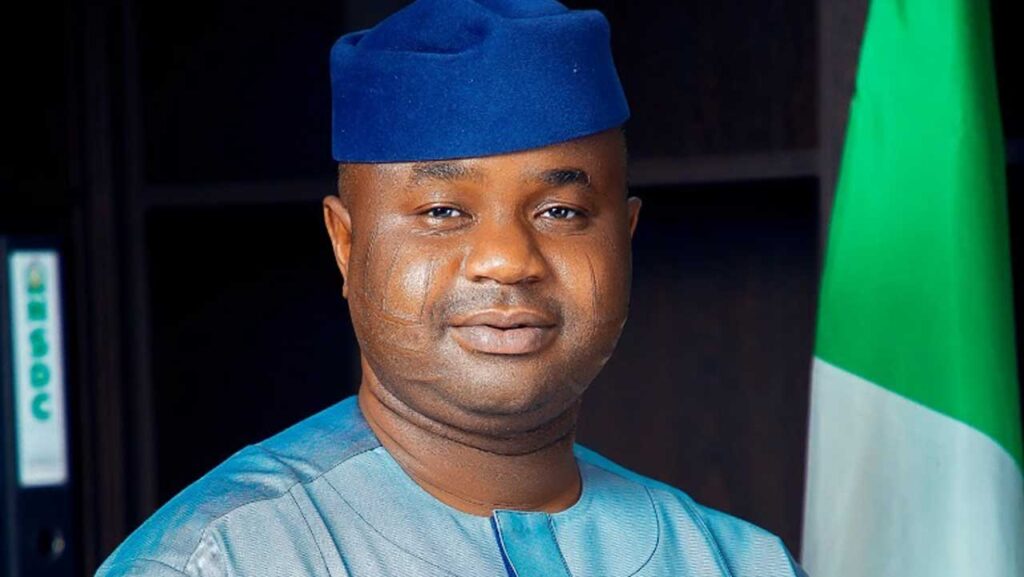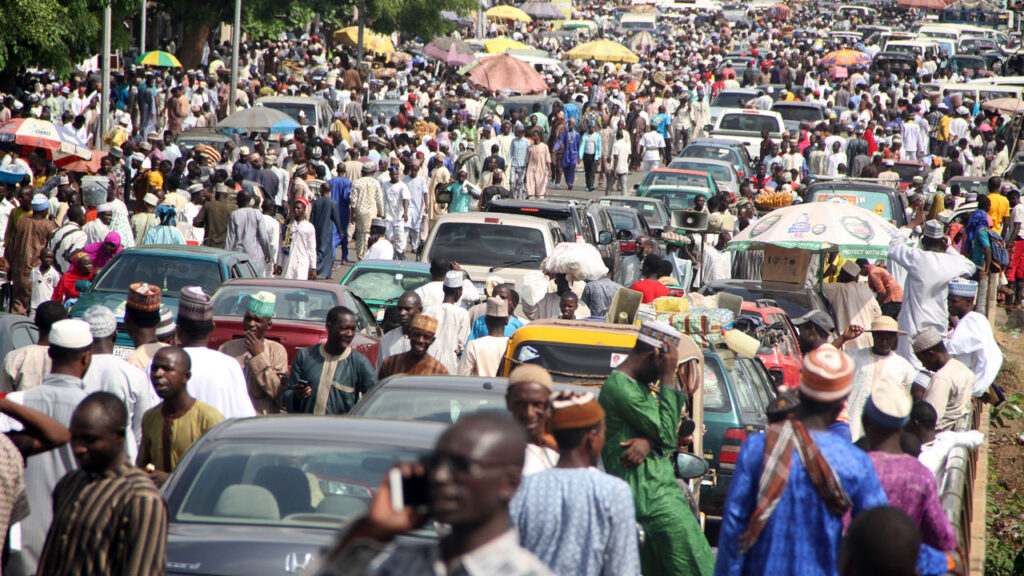

In the hurly-burly of the events leading to the civil war, the ‘inheritance elite’ took two fundamental steps to consolidate power. One was to foster the myth of one north through the formation of the Leaders of Thoughts, comprising Alhaji Aliyu Makama Bida of NPC, Alhaji Aminu Kano of Northern Elements Peoples Union (NEPU), and Mr. Joseph Tarka of United Middle Belt Congress (UMBC) who toured the northern region under the banner of unity. Matthew Hassan Kukah had indeed noted, “What politics had put asunder, northern interests now united”.
To be sure, the ‘inheritance’ elite were wary of the objective reality of the period, which was that the Tiv alone made up 20 percent of the riflemen in the army and therefore, held a silent veto in the material force of the state. Somehow, they were assuaged by the creation of states in the north, among which was the Benue-Plateau state. Secondly, the establishment of the Jamaatu Nasril Islam (JNI) and its transcendence over sectarian rivalries, largely between the Quadiriya and Tijaniya sects, in the formation of the Supreme Council for Islamic Affairs (SCIA) reified religion as a motor force in the power game in Nigeria (See Kukah’s Religion, Politics and Power in Northern Nigeria, 1993). These tools to date are always summoned to maintain the north’s hegemony in Nigeria when the time arises.
Nevertheless, the quest to undo the federal essentialities of the Independence Constitution and stay on top of the unsettled minority question led to the pacification of the Tiv in 1960-64. The act first exposed the military to the troubled waters of Nigerian politics and spiraled into the January 15th coup d’état and its counter of July 29, 1966. This coup aptly dubbed by Billy Dudley ‘the return match’ largely upturned the balance within the material force of the state with the massacre of a large chunk of Igbo officers in the Nigerian army. Of course, the event eventually snowballed into a civil war whose outcome allowed for the consolidation of power in the hand of the Northern elite who determined the content and direction of the politics of the country.
Statecraft trumped nation-building. The former is about central control, while the latter is about bridging, merging, and realigning the identity forces, normalizing them, and ensuring the inclusivity of the component nationalities of the Nigerian state. Instead, the ‘Lugardian Architecture’ ensured that policies were mainstreamed to ensure the domination of the Northern elite. The most salient example of domination was the annulment of the June 12, 1993, presidential election won by Chief Moshood Abiola of the Social Democratic Party (SDP). The annulment had been preceded by an awakening on the question of domination that nudged elements from the South and the Middle Belt in the army to a rebellion. The rebels said they were motivated by the quest for freedom “from external slavery and colonisation by a clique of this country” notorious for their “callous and insensitive dominative and oppressive intrigues” borne by the logic of ownership of the country and its corresponding privileges to the exclusion of others (See full text of Major Gideon Orkar’s coup broadcast, April 22, 1990).
It is to be noted that the ‘Lugardian Architecture’ has endured through brinkmanship that ensures its rebound. President Obasanjo came to power in 1999 for the second time as a kind of atonement for the annulled June 12 election through a pacted transition whose outcome was predictable. Recall that it was two Yoruba candidates that vied for the office of the president in the 1999 presidential election, namely, Olu Falae and Olusegun Obasanjo. So the same Northern elite, the controller of the ‘Lugardian Architecture’, had hoped that Obasanjo would do a term, and his recalcitrance and refutation led to the agreement controversy in the run-up to the 2003 general election. President Obasanjo triumphantly secured a second term, and even bided for a third, until the political elite, both north, and south, rose against the idea because it was going to undermine the ‘transient democracy’ (for details, See Third Term Diplomacy, The Constitution, Vol. 6, no. 3, 2006).
After Obasanjo exited, Yar’Adua who took over the reins of power sought to reinforce the material force of the state, in other words, the military through the appointment of General Abdulrahman Dambazau as army chief unhinging the balance that Obasanjo had restored in the military through the serial appointment of Middle Belt Officers as army chief. However, Yar’Adua’s tenure was short-lived due to his mortal passage. It is important to note that even after his demise; the landlords of the Lugardian edifice were recalcitrant to allow for a constitutional passage of power. Jonathan took over through the resistance put up by the social forces, namely, elements of the state, civil society, and the international community. The transfer of power palaver was eventually resolved through the ‘doctrines of necessity’ (for details See “Churg Strauss Syndrome, Death and Politics of Succession in Nigeria”, Unilag Journal of Politics, 2018).
With the exit of President Jonathan in 2015, General Buhari his successor intensified the central control of the institutions of the state. Perceived by the minders of the ‘Lugardian architecture’ as the last “redeemer” of the slipping grip on the apparatuses of the state, he went to work to fill all vital institutions of the states with his kinsmen and women in a brazen display of nepotism to the exclusion of other social forces in the country thereby exacerbating separatist agitations in the polity. It is to be noted that the various conferences held since the inception of the fourth republic are an attempt to resolve the national question so that the ‘Lugardian Architecture’ becomes Nigerian Architecture. In retrospect, the latter could have been a reality, if the political gladiators of the period had chosen to be small men in a big country than big men in their regional enclaves. Perhaps, it was too late as the poisoned chalice of the British was already active.
The next installment shall analyse the game that is being played by actors in relation to the 2023 general election scheduled for February 25. Corrigendum: in the second installment of this serial, there was an error in the date of the previous 13 censuses conducted. The correct date is 1866-1973, not 1966-1973. The error is regretted.
Akhaine, Ph.D. (London), Former General Secretary of the Campaign for Democracy in Nigeria, is a Professor of Political Science and Visiting Member of the Guardian Editorial Board.











